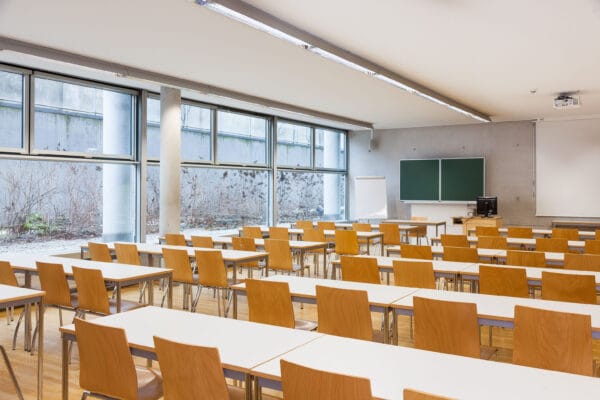
NAME:
SOWI - UR 1
BUILDING:
SOWI
FLOOR:
-1
TYPE:
Seminar Room
CAPACITY:
50
ACCESS:
Only Participants
EQUIPMENT:
Beamer, PC, WLAN (Eduroam), Overhead, Flipchart, Blackboard, Handicapped Accessible, LAN, Microphones
Dynamic environments, such as those found in alpine regions, are shaped by complex formation- and post-depositional processes that often obscure the clear reconstruction of archaeological contexts. To address these challenges, microarchaeological approaches—incorporating sediment and soil micromorphology alongside micro-X-ray fluorescence (µXRF) for elemental characterization—are increasingly indispensable. These methods allow for a more-nuanced interpretation of structural, depositional, and compositional aspects of the archaeological layers that constitute, embed, and surround material remains.
This paper presents a series of case studies from different alpine regions in Austria (North Tyrol, East Tyrol, and Upper Austria) and demonstrate the efficacy of these analytical techniques in clarifying site formation processes and cultural transformations. The case studies span diverse contexts, including sub-alpine Mesolithic camps, Roman provincial cities, prehistoric mining caves repurposed as cultic spaces in Late Antiquity, and Iron Age alpine-style houses built on moraines. Through these examples, we highlight the versatility and analytical power of microarchaeological and microchemical methods in refining archaeological interpretations.
By emphasizing the integration of diverse methodological and interdisciplinary approaches, this study underscores their crucial role in reconstructing past human activities in dynamic landscapes. These techniques not only enhance our understanding of site evolution but also provide a unifying framework for addressing complex archaeological questions across diverse temporal and environmental settings.

We and use cookies and other tracking technologies to improve your experience on our website. We may store and/or access information on a device and process personal data, such as your IP address and browsing data, for personalised advertising and content, advertising and content measurement, audience research and services development. Additionally, we may utilize precise geolocation data and identification through device scanning.
Please note that your consent will be valid across all our subdomains. You can change or withdraw your consent at any time by clicking the “Consent Preferences” button at the bottom of your screen. We respect your choices and are committed to providing you with a transparent and secure browsing experience.